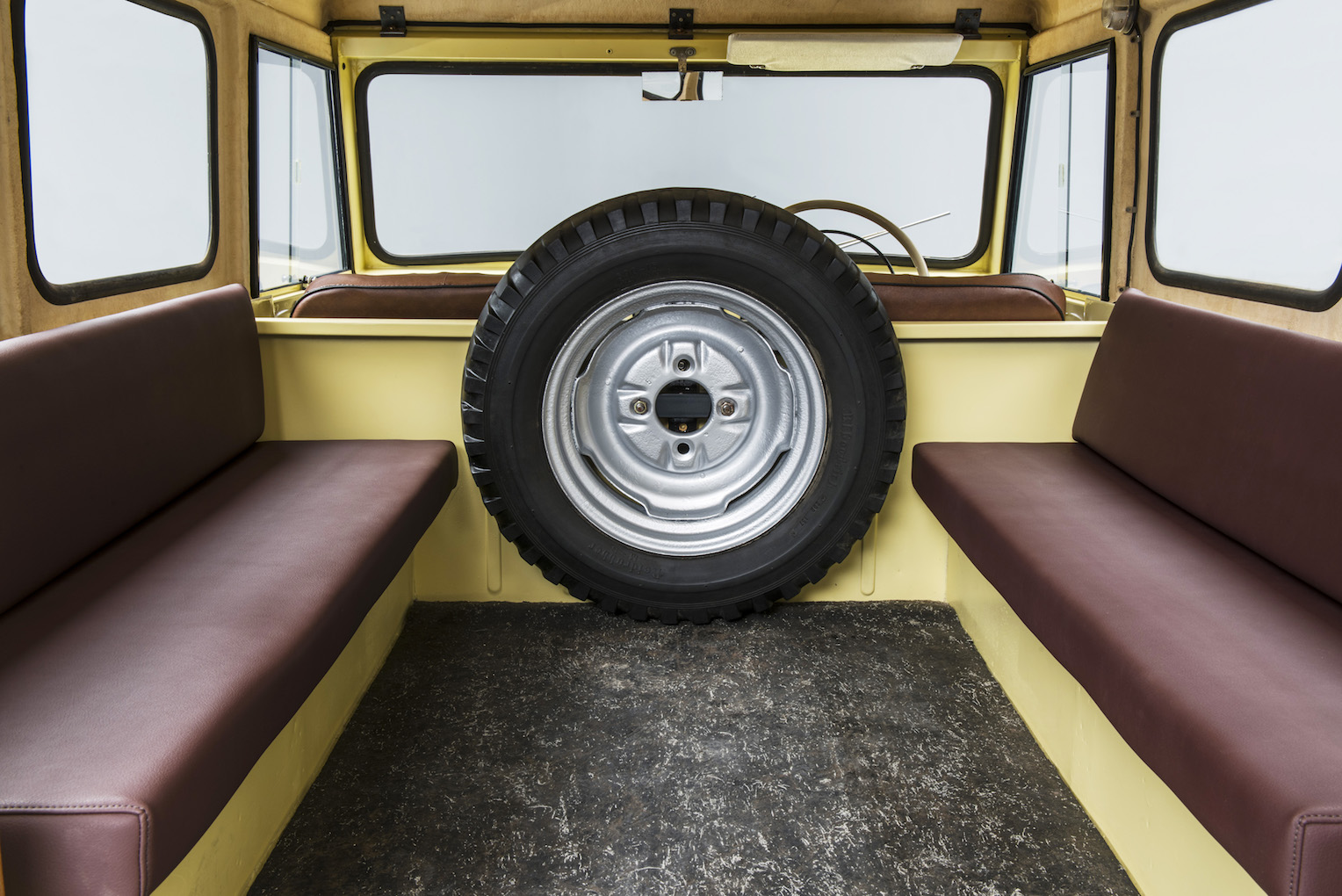Long before SUVs became popular, a small, rugged, practical car was created from the first generation of OCTAVIA to become New Zealand’s first ever car. It was, in its own way, an icon.
In the mid-1960s, the motorists of New Zealand were hungry for a car that was affordable, but also robust, practical and able to travel on rough roads and in moderate terrain.
During the same time, the first imported ŠKODA 1000MBs started to arrive in the country and Josef Velebný, a body engineer from Mladá Boleslav, came to oversee the final assembly. He noticed the needs of the local drivers and realized that there was a way to fulfil them.
What he came up with was the idea of taking the mechanicals from the first generation OCTAVIA, which was still being produced in its estate version at the time, and using it to design and build a suitable off-road vehicle locally.
At the same time, several local entrepreneurs were toying with similar ideas. Before Velebný left, he met with Noel Turner, owner of Motor Industries International, a company from Otahuhu, a suburb of Auckland.
They clicked and soon Turner asked ŠKODA to send Velebný to New Zealand once again. They added designer George Taylor to the team and together, they designed and built “New Zealand’s first car”.
Velebný did his engineering work on the spot in New Zealand, building on the mechanicals of the OCTAVIA. He used the backbone chassis (with the wheelbase shortened by 224 mm to 2,165 mm), the axles and, of course, the engine and gearbox.
On top of that, the team built simple, spacious and practical bodywork. With its boxy shape, it made the most of the small dimensions of the car, and came in a range of models – a pickup truck with 2 to 8 seats, soft-top and hard-top versions, an estate (called the “STW”) and a beach variant.
With its generous ride height of 190 mm, all-wheel independent suspension and an optional locking rear differential, the TREKKA was quite capable in light terrain, offering the practicality that local people, especially farmers and tradesmen, needed.
With a 34 kW (47 PS), 1,221 cc engine from the OCTAVIA and a four-speed synchronised gearbox, the TREKKA was able to achieve a top speed of around 110 km/h. The maximum payload capacity was up to 500 kg, an admirable figure for a car weighing just 920 to 980 kg.
Affordable and practical, the TREKKA was popular in New Zealand for half a decade and almost 3,000 examples were built, with some exported to Australia or parts of Oceania. A few even served as military ambulances in Vietnam.
In recent years, a handful of examples made their way “back” to Europe, one of them as an exhibit at the ŠKODA Museum. Another TREKKA came to Europe as part of the “This is Trekka” exhibition at Biennale in Venezia, where it served as an illustration of New Zealand’s character and economic situation in the 1960s.
Today, there are probably no more than a few dozen TREKKAs in existence, but ŠKODA powered off-road vehicles once again roam the New Zealand roads and tracks, in the form of the current KAROQ and KODIAQ models.









